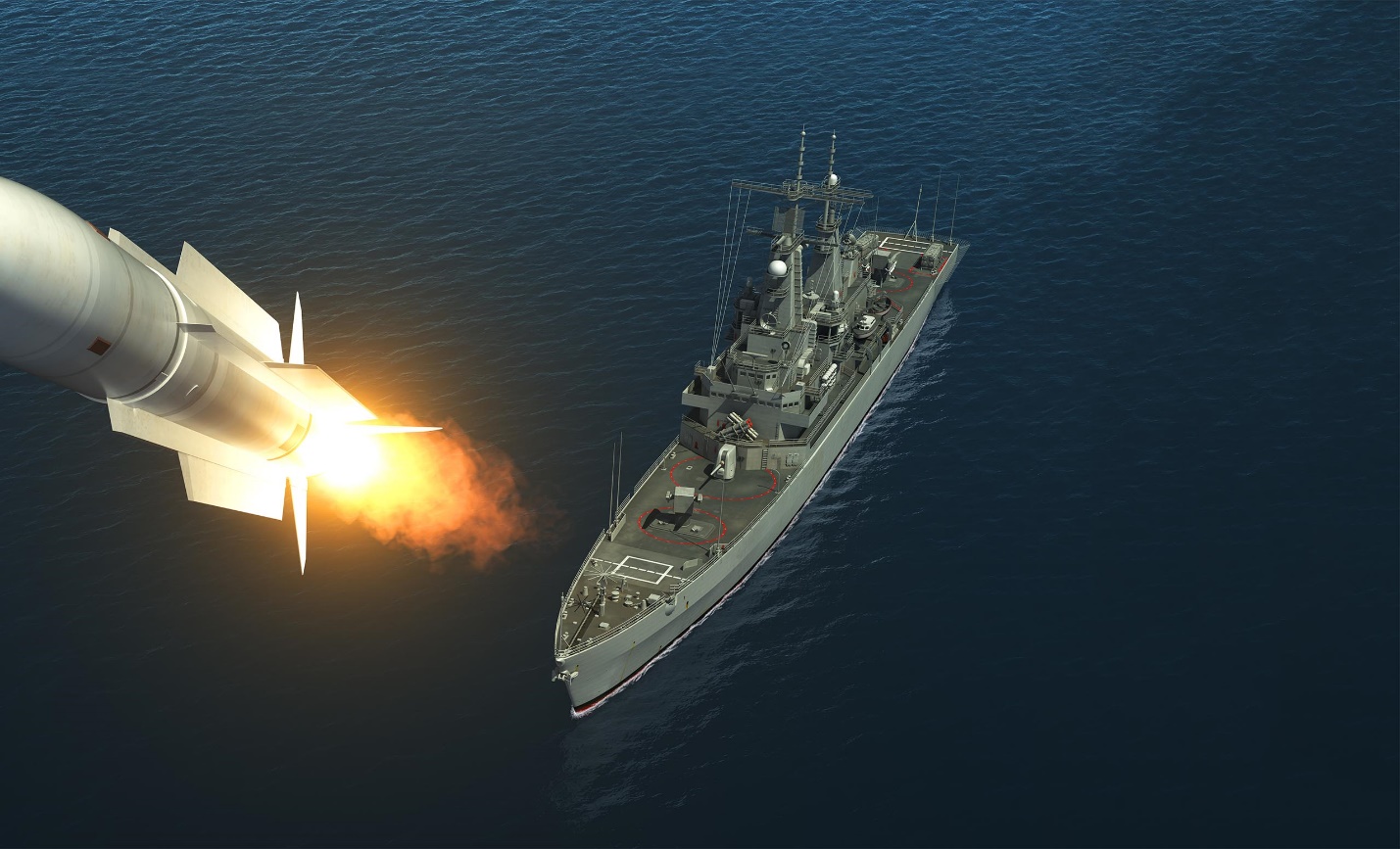What Is Fiber?
When we talk about fiber or fiber internet, we’re talking about transmitting data by sending pulses of light through tiny glass fibers. The basic concept is the same as cable internet. The difference is that fiber cables provide more information at faster speeds over longer distances.
To put it another way: today’s websites and web-based services demand more from your home and business internet than ever before. Fiber internet is the best way to stay connected with the modern world.
Reliability
Fiber cable is typically not affected by electrical outages, severe weather like thunderstorms or any other electrical disruptions.
Speed
Cable networks usually offer speeds of 10-500 megabits per second, which slows down during peak hours. Fiber internet offers 1000 megabits per second (one gigabit) all the time, even during peak hours.
Bandwidth
Traffic increases during evenings and weekends often cause cable internet to slow down significantly. Fiber networks never slow down, offering up to 1,000 times the bandwidth of cable internet.
Scalable
With a higher demand on fast and reliable internet due to more devices, higher speeds, and heavier reliance on digital data, fiber internet will become less of an option and more of a necessity as time moves on.




